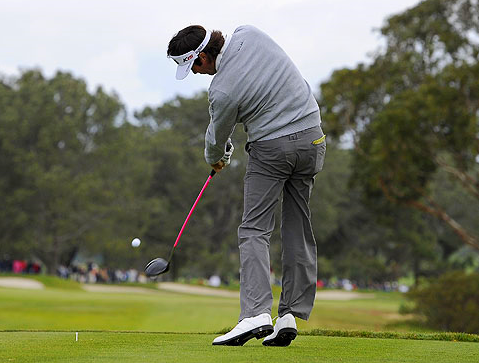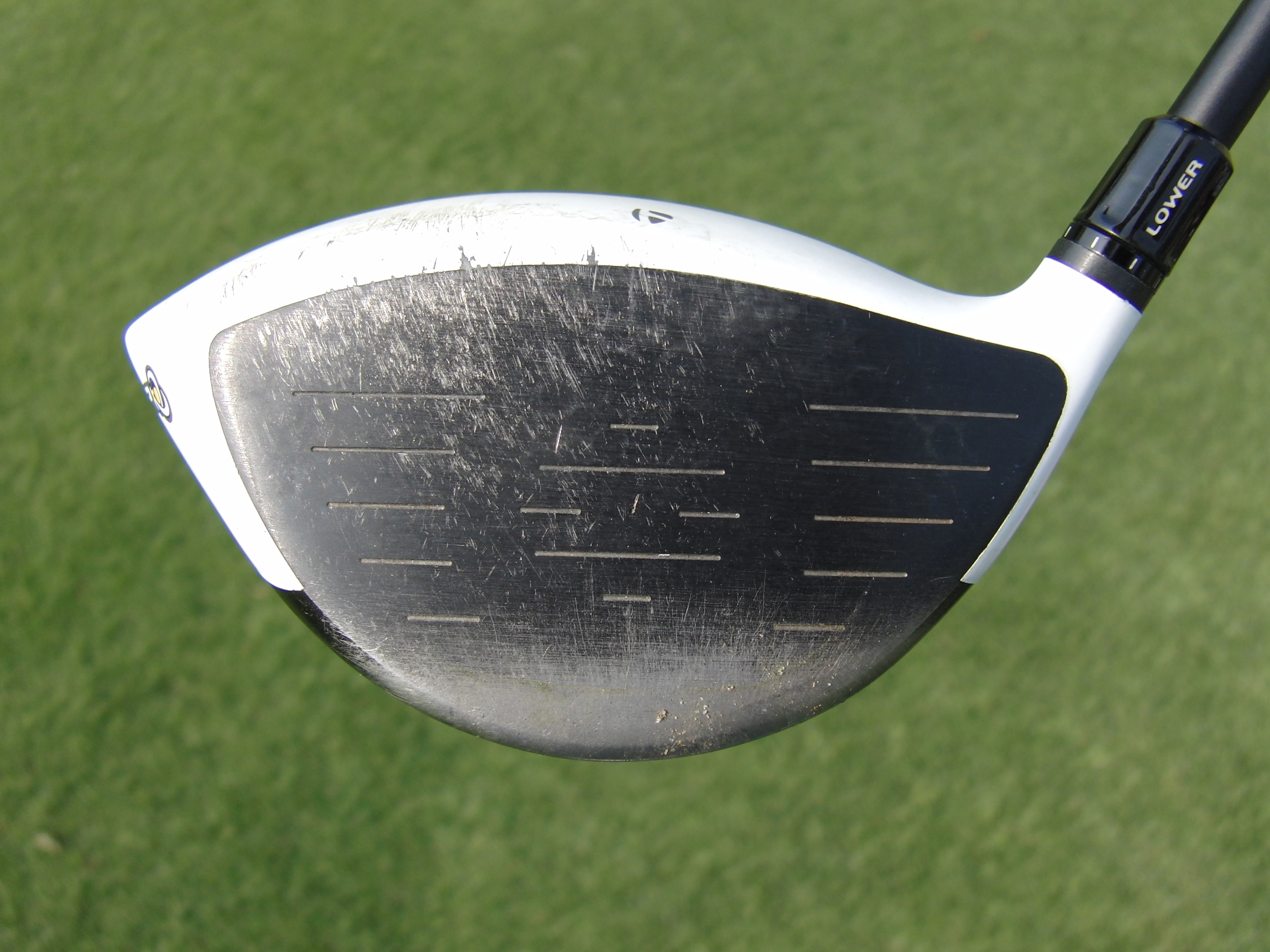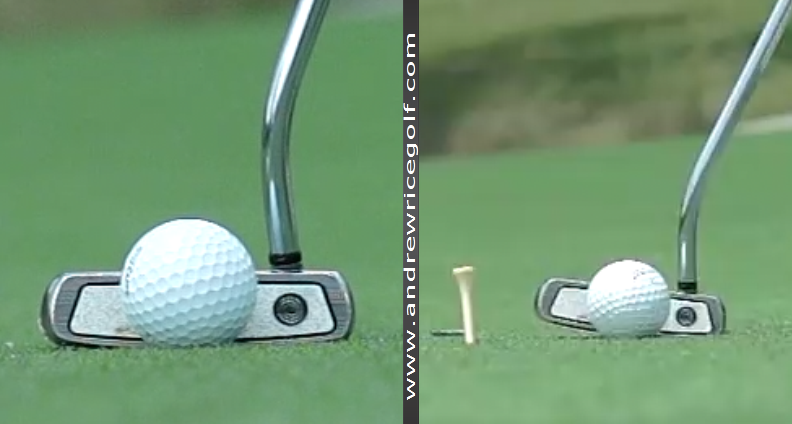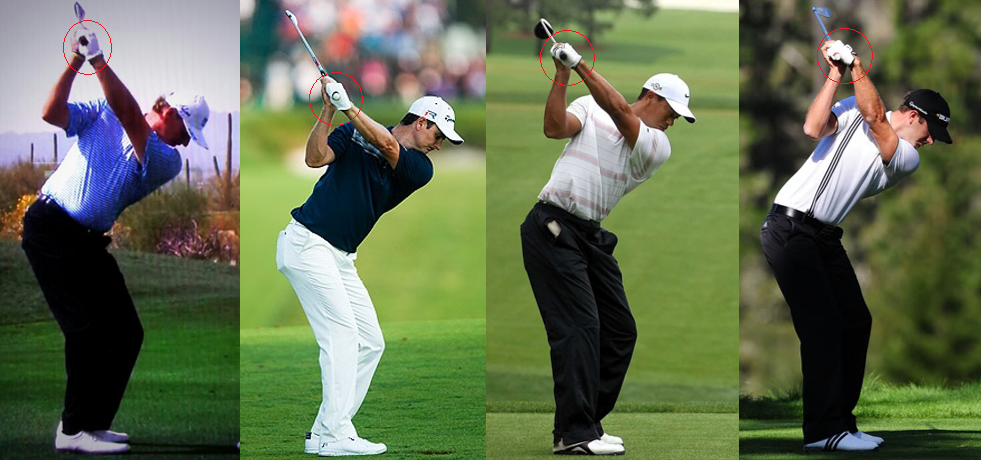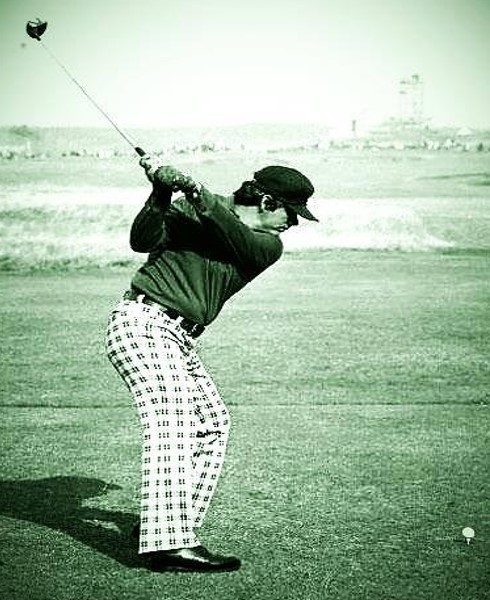Spinning the Wedges - A Series
/Barely a day goes by where a golfer doesn't ask me about how they can generate more spin around the greens. How they can hit that cool, one hop and stop pitch shot. If you're looking for answers, you've come to the right place. Through the testing that I've conducted over the past six years I have attempted to understand almost every element that could possibly play a role in generating spin. In this multi-part series I will discuss all the elements I have found to be integral in generating bite with wedges.
My findings point to five predominant factors in the generation of spin:
- First and foremost is the kingpin of spin - friction. Here there are certain factors we have control over and a good number we do not .
- The second element I'll look at is spin loft. What role does compression play in spinning the ball and how can we control it better.
- Smash factor is a term coined by TrackMan that compares ball speed relative to club speed. When playing wedge shots we'd like to have ball speed match club speed - a smash factor of 1.
- Impact location, much like with the driver, will play a less significant role in increasing or decreasing spin off the face of the wedge, but a role nonetheless.
- As with any shot, the slower the club speed, the lower the spin will tend to be.
Spin Factors with wedges
This is a great infographic that my friend and fellow teacher Oliver Morton and I created a few years back to illustrate the important spin elements. I really like the way in which he illustrated how friction is central to all the others, because without it, max spin simply is not happening.
There are so many talented golf instructors out there who are looking into various elements of wedge play. From spin, to equipment, to practice - if you'd like to find out more look up these guys for excellent wedge-centric data: Chris Como, James Ridyard, James Sieckmann, Kirk Oguri and Jon Sinclair. As you might imagine all of these coaches know their stuff.
This will be a series that will open your eyes to what you need to do to start generating, and controlling, spin around the greens. Check back in a few days to better understand what friction can do to lower your scores.
This free website's biggest source of support is when you decide to call to book a lesson or golf school. You can contact me HERE. If you live in another state or country please consider making a purchase HERE or HERE. It will help your game and it will help me to keep adding to this free website. Thanks again for your support! Andrew.























